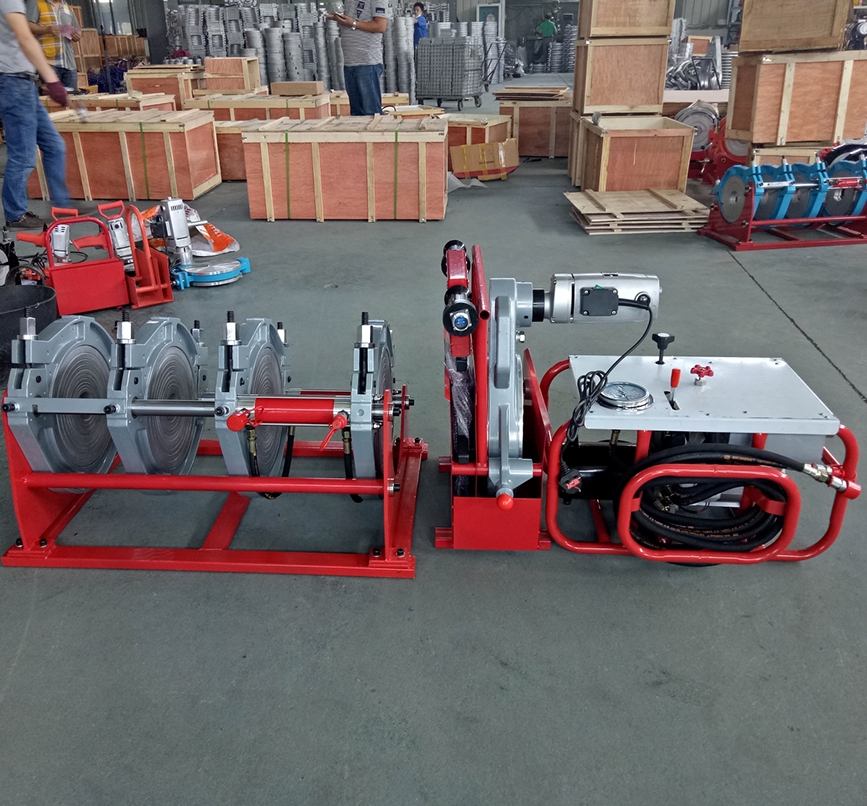Contact us

A plastic product may be made of multiple materials or […]
A plastic product may be made of multiple materials or components. To combine the components, mechanical fasteners, adhesives, and welding processes can be used. Among the three joining methods, the welding process has the best effect, and the welding forms are various, and different welding processes can be used according to different materials, sizes, and uses.
Mechanical fasteners, adhesives and welding processes can all join the two engineering plastics. Mechanical fasteners can quickly connect the two components, but the leak-proof function of the joint is poor, and local stress can also cause the polymer material to separate.
Adhesives can provide good properties and form joints with excellent leak-proof functions. However, adhesives are difficult to handle and slow to cure. At the same time, when the adhesive is used for bonding, the preparation of the seam and the cleanliness of the surface are relatively high.
Welding can produce a well-bonded seam with mechanical properties close to that of the parent material. Plastic welding is limited to thermoplastic polymers because thermoplastic materials can be softened by heating. After the thermosetting polymer is hardened, it cannot be softened by heating. Compared with metals, thermoplastic polymers require less heat for welding.
Ultrasonic welding
Ultrasonic welding uses mechanical high-frequency vibration to form joints. The parts to be assembled are clamped between the oscillating welding head and the fixed welding head under pressure, and then at right angles to the contact surface, receiving ultrasonic vibration with a frequency of 20-40KHz. The alternating high-frequency stress generates heat at the joint interface to form a high-quality weld. The tools used in this process are very expensive, so it is suitable to be used when the production volume is large.
This welding method is only suitable for small parts whose welding length does not exceed a few centimeters. Application areas include welding valves and screening programs for medical equipment, boxes, auto parts, vacuum cleaner housings, etc. on multi-head machines.
Friction welding
Thermoplastic friction welding (also called "spin welding") has the same principle as metal welding. In this welding process, one substrate is fixed and the other substrate is rotated at a controlled angular velocity. When the parts are pressed together, frictional heat causes the polymer to melt, and after cooling, a weld is formed. The main welding parameters include: rotation speed, friction pressure, forging pressure, welding time and melting length.
Friction welding can produce excellent welding quality, the welding process is simple, and the repeatability is strong. However, due to its simple process, it is only suitable for applications where at least one part is circular and does not require angular alignment.
Hot plate welding
For plastic joining, hot plate welding is the simplest mass production technique. The high-temperature hot plate is sandwiched between the surfaces to be seamed until softened. At this time, the hot plate is drawn out, the two surfaces are attached under a controlled pressure, and they are held together for a certain period of time. Then, the molten surface is allowed to cool to form a weld. The welding tool or heating element is equipped with a built-in electric heater to prevent plastic from sticking to the welding tool.
The temperature is generally between 180°C and 230°C, depending on the thickness and type of the material to be welded. This welding method is often used to weld the ends of plastic pipes for gas supply, water supply, sewage, drainage and plastic pipes used in the chemical industry; to weld the refueling pipes and joints to the blow-molded fuel tanks for automobiles.
This welding process is used in a variety of daily necessities, such as: vacuum cleaner housings, washing machine and dishwasher parts, brake fluid tanks, rear lights, indicator lights and other auto parts. The disadvantage of hot plate welding is that the welding speed is slow. The welding time for small parts is generally 10 to 20 seconds, and the welding time for large pipes is as long as 30 minutes.
Zhejiang Chenghong Machinery Co., Ltd. is professional China Butt fusion welding machines Manufacturers,we specializing in the production of supply automatic docking hot melt welding machine, semi-automatic docking hot melt welding machine (hydraulic semi-automatic and manual), large diameter plastic pipe socket welding machine, PPR hot melt.


Quick Links
Products
Contact Us

